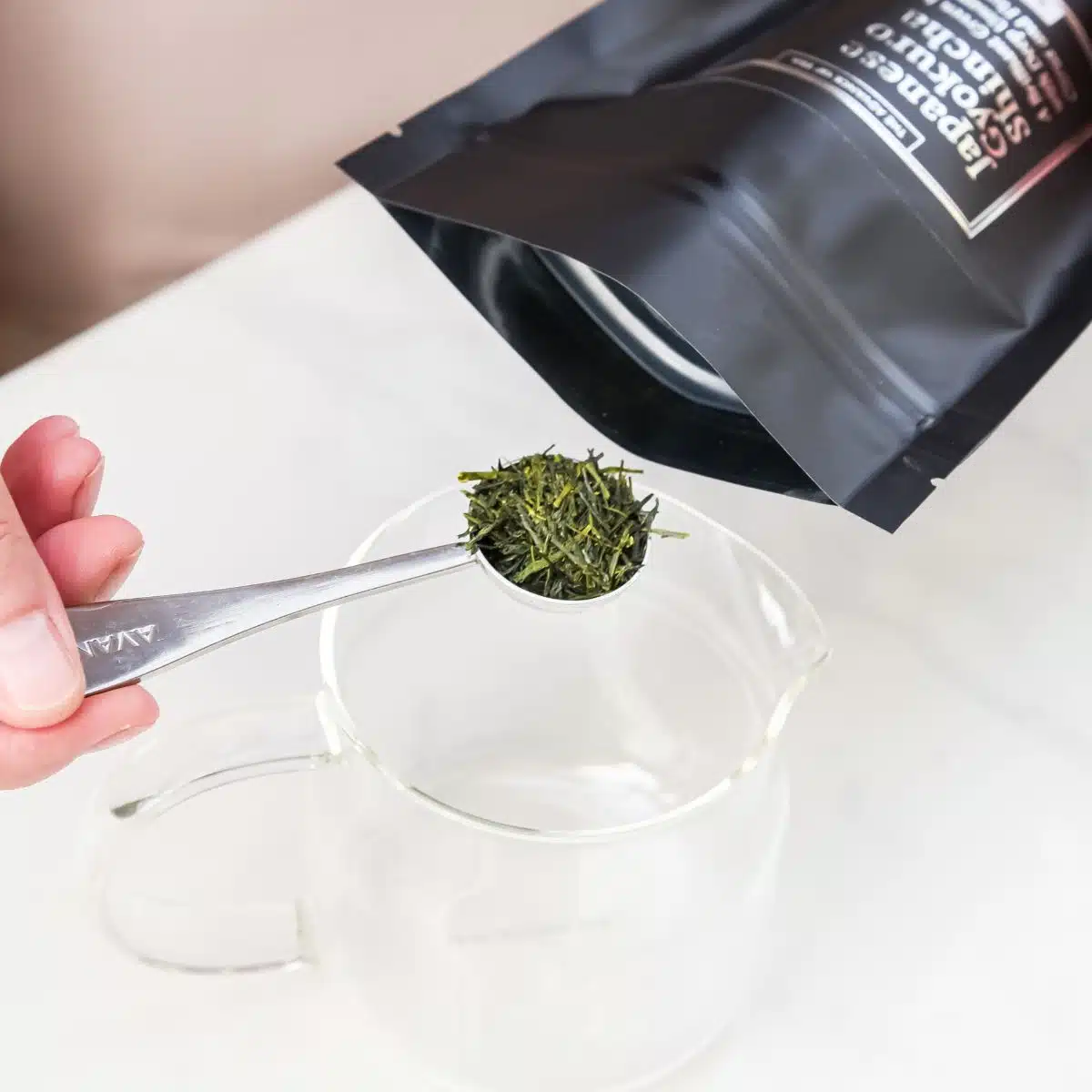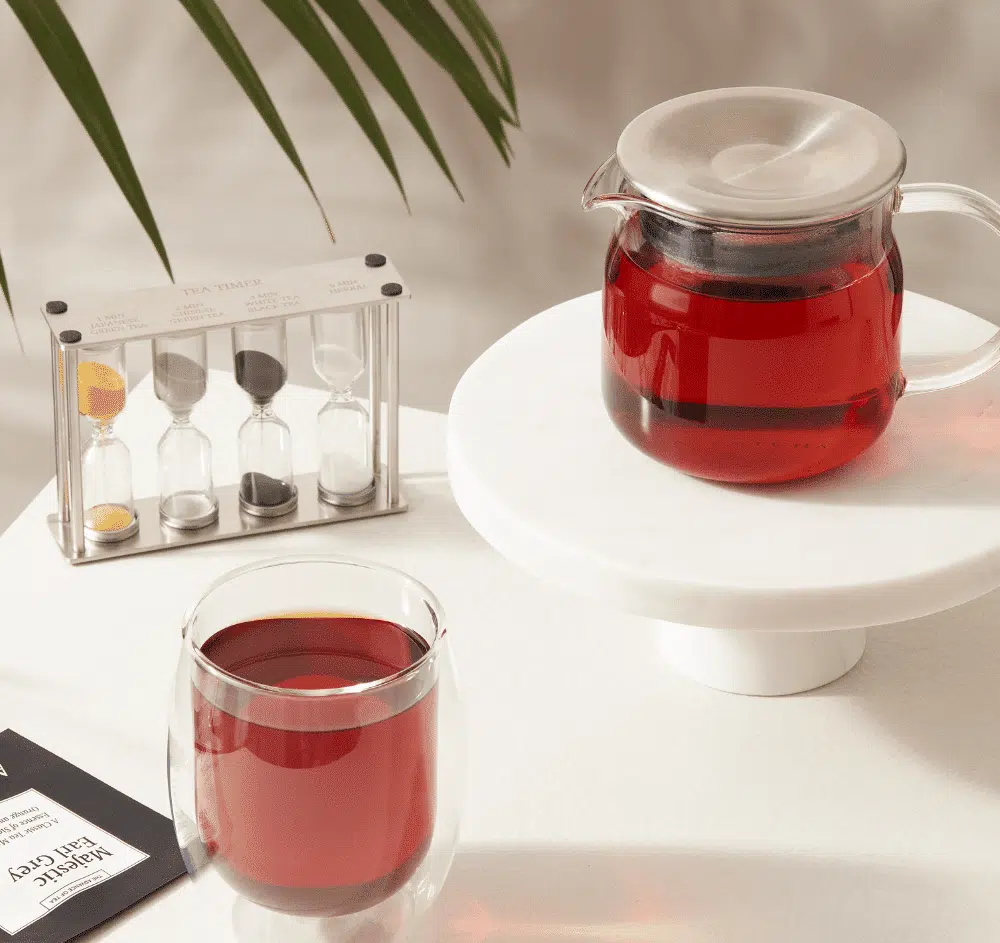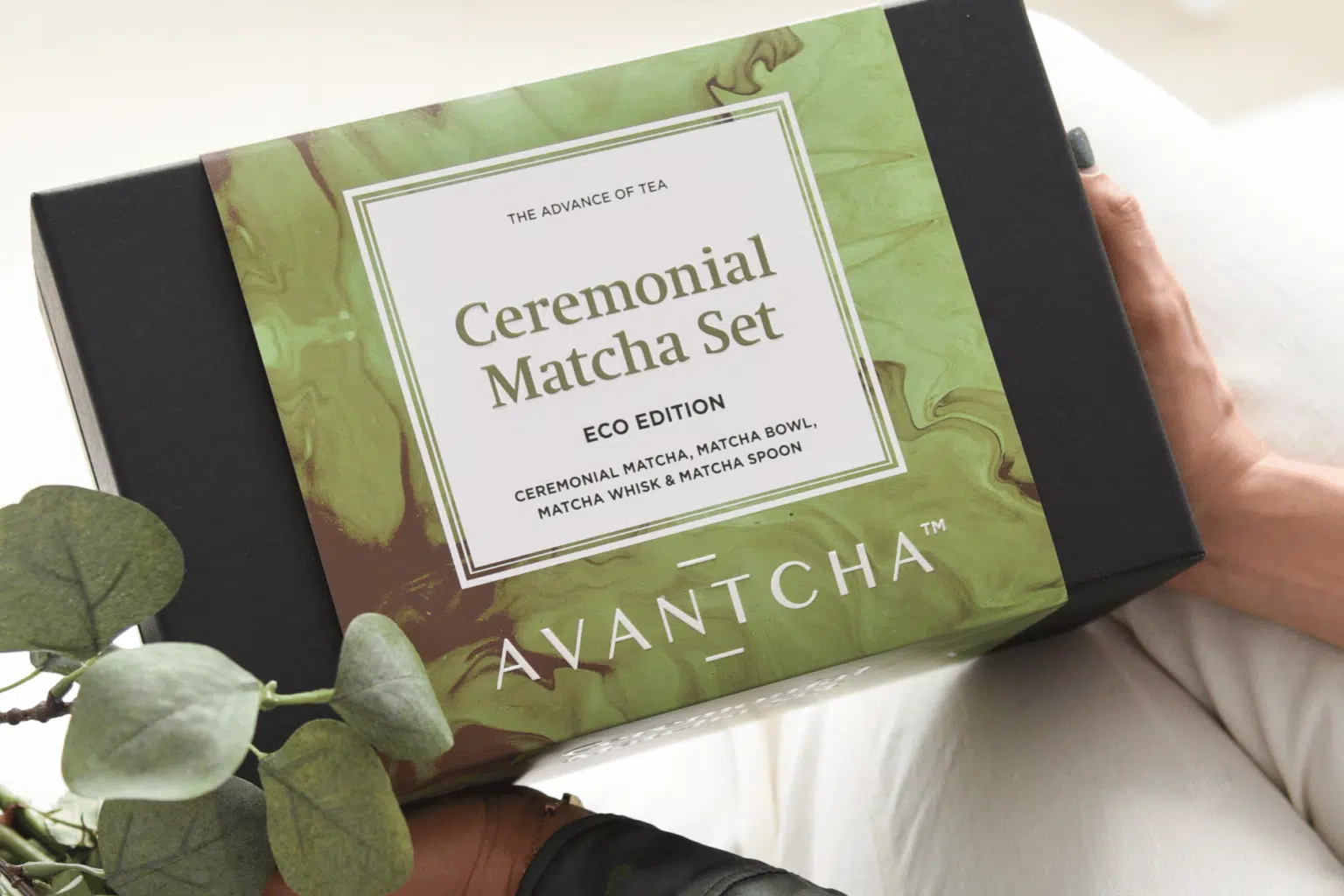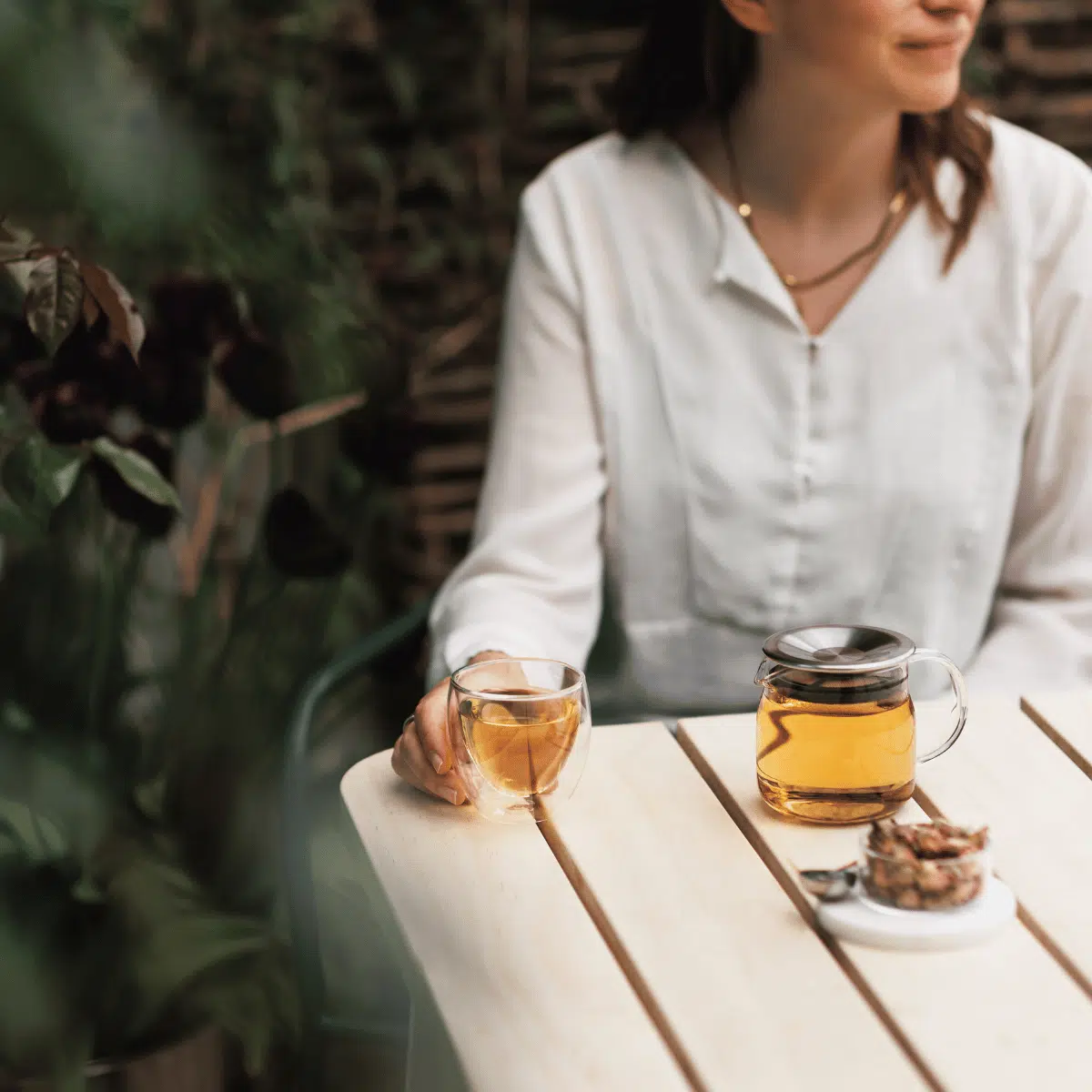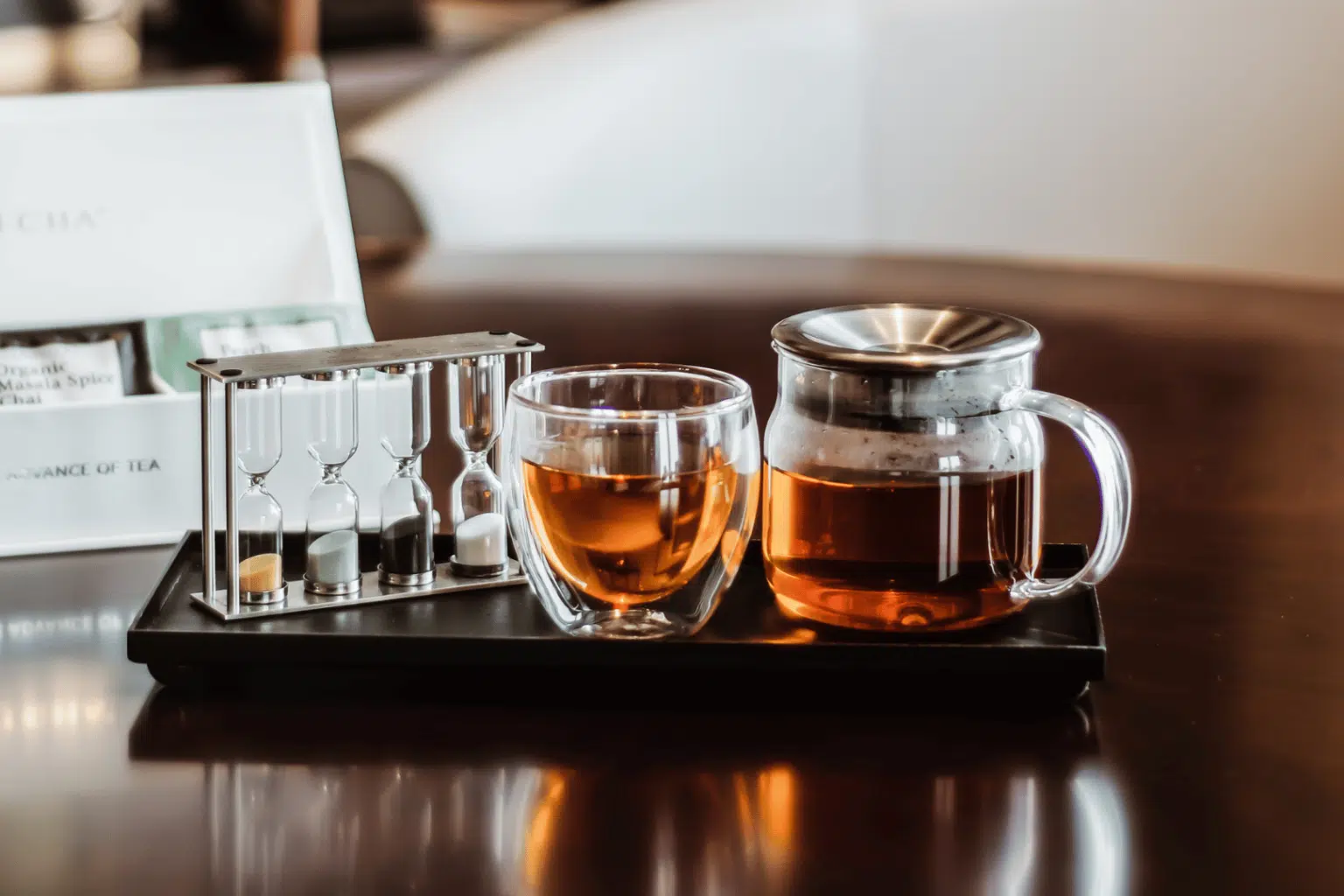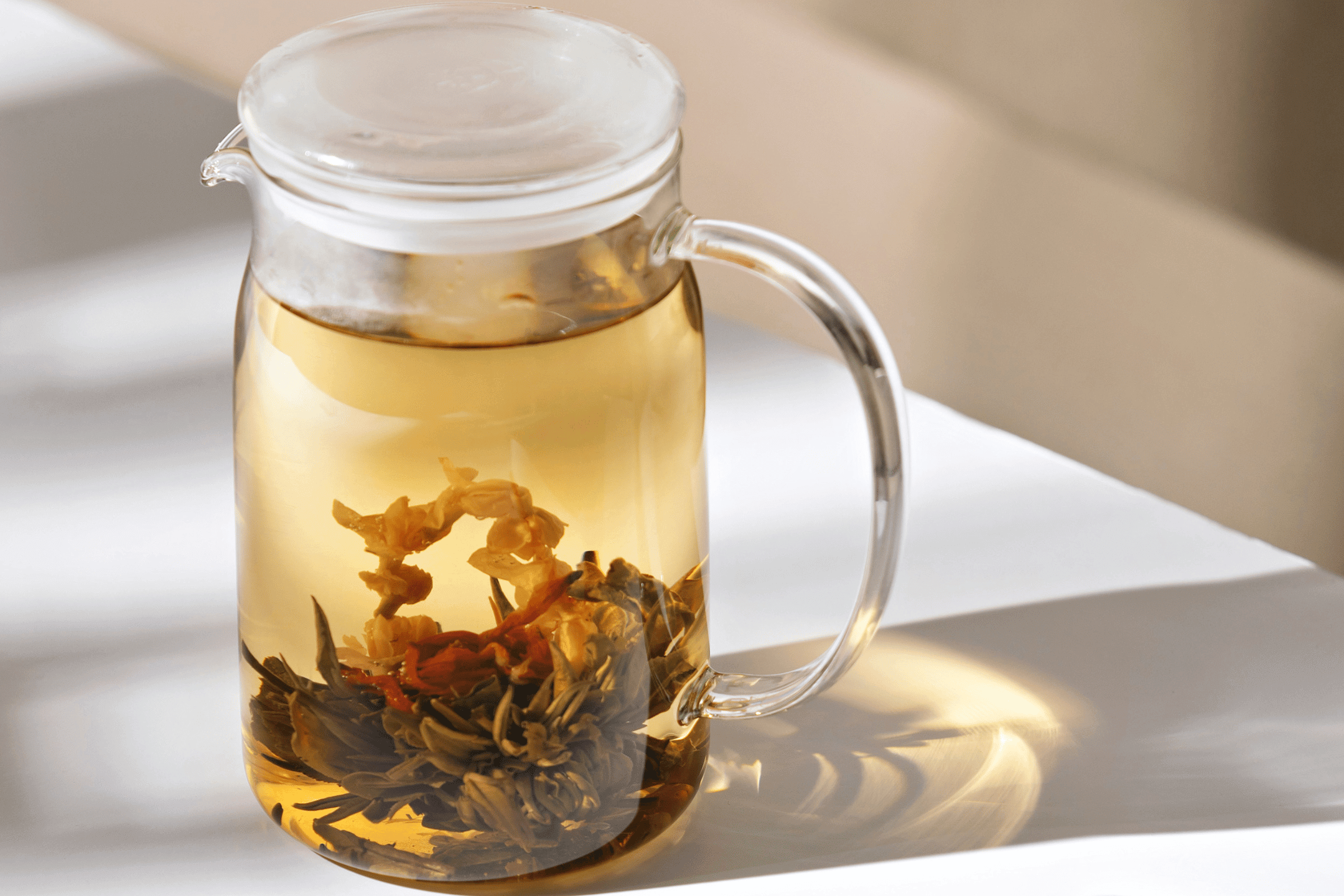While Darjeeling Tea is a style of Black Tea, it is very special and entirely unique. There is much to be learned, and much to be enjoyed across this category that offers a scope of teas from a fresh, green first flush in the spring, all the way through to the richer, sweeter notes of an autumn third flush. In this guide, we go into detail on:
+ Where Darjeeling is
+ How Darjeeling is Different
+ What the Difference is Between 1st, 2nd and 3rd Flush Darjeeling
+ The Picking Seasons for Darjeeling
+ How to Make Darjeeling Tea
+ How to Choose Darjeeling Tea – including Altitude, Grade and Production Style
+ Darjeeling Tea and Food
Where is Darjeeling Tea from?
Much like a fine wine from Bordeaux, Darjeeling is a protected tea growing location in West Bengal and is certified and regulated much in the same way as cheese, wine and champagne – honouring and upholding production of this beautiful tea type.
Darjeeling has long been a tea-producing region, ever since the mid 1800s when the East India Company officially began growing tea here, quickly developing the area into large tea gardens. There are now over 17,500 hectares of tea estates in Darjeeling, and in 2005, Darjeeling was designated a Geographical Indicator, meaning only tea grown in Darjeeling is entitled to the name Darjeeling.

How is Darjeeling Tea Different?
The tea producing area of Darjeeling was wisely chosen for cultivating tea, with high mountain peaks, velvet-green valleys, and tall pine forests, often covered in blankets of fog. There is steady rainfall here, which keeps the soils cool and hydrated, as well as supporting the biodiversity and wildlife of this region, which are essential to the overall health of the terroir.
These conditions greatly contribute to the flavour profile that is synonymous with Darjeeling, along with the fact that Darjeeling teas are made from the Chinese varietal of Camellia Sinensis var. Sinensis, as opposed to the more commonly used Camellia Sinensis var. Assamica that is cultivated in tea gardens throughout India to produce stronger black teas, like the popular Assam Breakfast. Camellia Sinensis var. Sinensis is grown widely throughout China and typically processed as lighter teas such as green and oolong teas. Depending on production methods, this varietal can impart floral, fresh and fruity flavours.
With the combination of this smaller, more complex varietal, and the higher altitude of the Darjeeling landscape, Darjeeling tea leaves grow slowly, allowing them to develop significant nuances, giving the tea an incomparable taste and breadth. Additionally, while black teas are often completely oxidised, Darjeeling teas are typically less so, meaning that their flavour and fragrance are characteristic and complex.

What is the Difference Between First, Second and Third Flush Darjeeling?
The growing season in Darjeeling runs from late winter/early spring, right through into the autumn, and is defined by three ‘flushes’, each encapsulating the seasons as they progress. A first flush Darjeeling is picked in the spring sometimes as early as late February (though more commonly in March). First flush is the most highly sought after of the three flushes owing to the fact that only the youngest buds are picked and the tea bushes have rested over the winter, accumulating potent nutrients and bright, beautiful flavour that can range from fresh and verdant, to floral and honeyed. The season for first flush is short, lasting only four weeks, and during this time, producers will take advantage of the mild conditions to oxidise the tea in a unique way that retains much of the ‘green’ flavour, which is unlike any other black tea in the world.
The second flush is picked later in the spring/summer as the temperature rises and rainfall increases, encouraging more rapid and robust growth of large leaves. These leaves oxidise fully in the warmer conditions and impart a warmer, muscatel flavour to the resulting tea – more like a classic black tea.
The third flush comes after the monsoon season in the summer, creating teas that are smoother and thicker than the spring or summer seasons with abundant fragrance, spice and concentrated colour and sweetness.

How to Make Darjeeling Tea
All of our Darjeeling Teas on offer are loose leaf, meaning that you will need either a self-filling tea bag, or a tea pot to extract all of the delicious flavour of your tea. We recomend our Glass Tea Pots so that you can enjoy watching your tea infuse and the colour and flavours seep into the water. What a way to anticipate your brew! Follow the instructions to get the water to leaf ratio correct, and use 90 degree water to ensure that you get a balanced, sweet cup without too much astrigency. You might like to consider using filtered water too, as this will highlight some of the nuances in the aroma and flavour. We wouldn’t recommend adding milk or sugar so that you can really taste the floral, fruity nature of these teas.

How to Choose Darjeeling Tea
We have quite the selection of Darjeeling Teas. If you’re a connoisseur, it’s a real opportunity to deep dive into the nuances between flushes, gardens and style of production. Each of our Darjeeling Teas are named after their tea garden, so you can literally explore the region with your tastebuds, as well as understanding how the small flourishes that each tea master has in production can make a difference to the final tea in your hands.
Below you will find in-depth detail of the differences or, underneath, a Darjeeling Flavour Wheel that cuts to the chase and directs you to the tasting notes for each in a colourful snapshot so you can choose one (or two, or three!) that suits you best.


First Flush Darjeeling Teas
Platinum Darjeeling Spring Singell >
- Differentiator: Crisp / Verdant
- Garden: Singell
- Grade: FTGFOP1 / Darjeeling Clonal
- Altitude: 1500m >
- Production Style: Handmade
- Leaf: Balance of bud, leaf and twists
- Tasting Notes: Fresh verdant-green aroma, with notes of young blossom and hay
- Pair With: The young flavours of this spring- picked tea pair best with soft cheeses, herbs and savoury dumplings and pastries
- Differentiator: Floral / Petrichor
- Garden: Selimbong
- Grade: FTGFOP1 / Darjeeling Clonal
- Altitude: 1400m >
- Production Style: Handmade
- Leaf: Large, downy needles, long black twists, open olive leaf
- Tasting Notes: Intense petrichor aroma, with light honeyed muscatel and long, smooth finish
- Pair With: Grown at high altitude in an area also famous for its high quality orange groves, serve alongside desserts with touches of orange – such as carrot cake, or spicy-sweet sponge puddings.
- Differentiator: Muscatel / Quenching
- Garden: Seeyok
- Grade: FTGFOP1
- Altitude: 1100m >
- Production Style: Not handmade
- Leaf: Inky shards, flecks of olive green leaf, downy white tips
- Tasting Notes: A honeyed infusion with notes of tart grapes, spring flowers and strawberries
- Pair With: Serve with delicate desserts such as macaroons and madeleines

Second Flush Darjeeling Teas
Darjeeling Summer Samabeong (Organic) >
- Differentiator: Fruity / Smooth
- Garden: Samabeong
- Grade: FTGFOP1
- Altitude: 2000m >
- Production Style: Handmade
- Leaf: long, elegant curls of chocolate-brown leaf and downy white tips
- Tasting Notes: A gold-orange infusion with notes of Mirabelle plum, muscatel and orange blossom
- Pair with: serve for simple savouring, or with citrus-infused foods.
- Differentiator: Spicy / Sweet
- Garden: Singell
- Grade: FTGFOP1
- Altitude: 1500m
- Production Style: Not handmade
- Leaf: predominantly black, with small chocolate-brown twists and flecks of dark green leaf
- Tasting Notes: An amber infusion with spicy aroma, sweet nutmeg flavour and notes of baked fruit
- Pair with: serve with chocolate-based desserts, Italian pasta dishes, or cookies in the afternoon.

Third Flush Darjeeling Teas
Darjeeling Autumn Samabeong (Organic) >
- Differentiator: Fruity / Nutty
- Garden: Samabeong
- Grade: FTGFOP1
- Altitude: 2000m>
- Production Style: Handmade
- Leaf: deep brown twisted leaves and downy tip
- Tasting Notes: Pronounced notes of blackcurrant, hazelnut and muscatel with thick mouth-feel and lingering finish
- Pair With: Serve alone for savouring, or with milk chocolate and petit fours.
Darjeeling Tea and Food
Darjeeling Tea is so versatile, owing to the wide range of flavours and aromas that present themselves in different flushes. To learn more about how to pair Darjeeling Tea with food, follow this short inspiration piece in the recipes section on our Journal.


